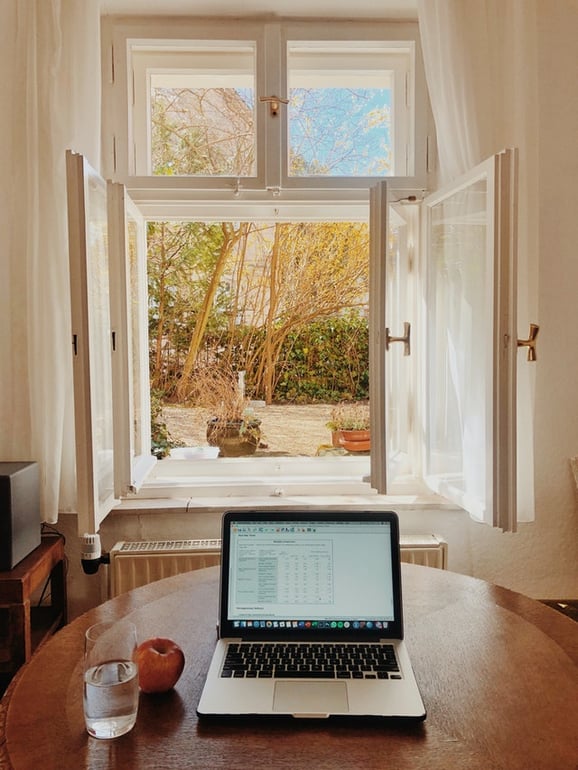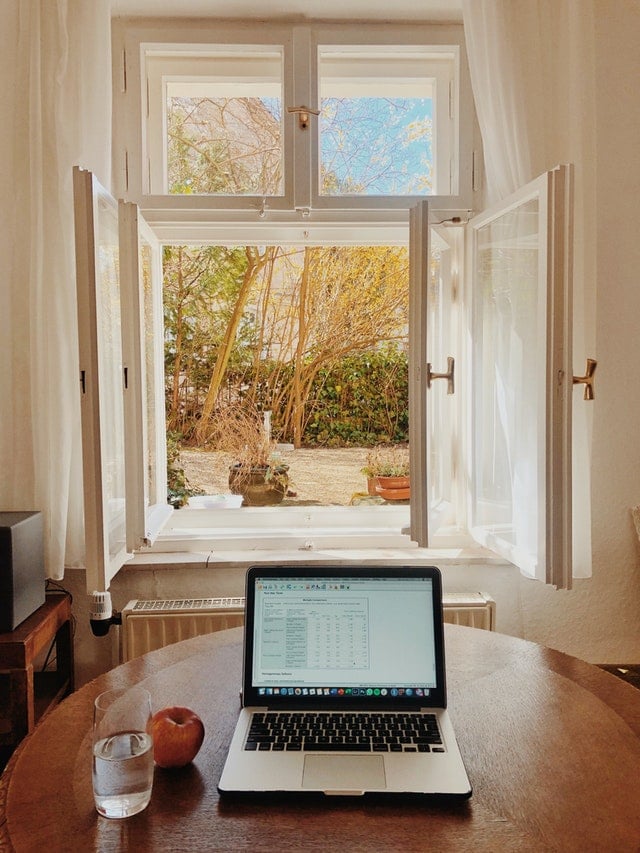
Fresh air may be all around us when we venture into the great outdoors (the green and pleasant British variety or otherwise), yet it’s not always the same story once we’re back behind closed doors.
And let’s face it, we all spent a lot more time staring at four walls during successive national lockdowns to tackle Covid-19 than we imagined we would. So, it’s imperative that the air that we breathe (when under familiar roofs) is not potentially dangerous to our health.
Global pandemics - and our own des res - aside, the other instantly recognisable indoor places we spend a significant percentage of our collective time within might include our normal work environments. Once again, pre and post coronavirus, to clarify. Be they offices, factories, warehouses, retail establishments, public buildings, you name it.
Essentially, anywhere which sees us cooped up for prolonged passages of time in close proximity to others brings with it problems, whatever year/worldwide health emergency we’re trying to work through together. To reinforce this singular message, the UK government even added an additional snappy couple of words to their original, ‘hands, face and space’ virus-aware mantra in 2021. Those words being, ‘fresh air’.
Covid-19 Has Made Us Rethink Our Indoor Air Quality Protocols and Practices
But placing the pandemic to one side, introducing - and perhaps even more importantly, maintaining - fresh air in buildings is hugely important at all times. Without putting too fine a point on it, ventilation measures remain the most crucial mechanism by which we can control infections within four walls.
Whereas previously not a lot of thought was given to indoor air quality in terms of keeping employees awake at night, since the advent of Covid-19 we’ve all quickly become knowledgeable in the way that virus’ spread. And with it, in some quarters at least, mindful, if not worried, about how we move forward with regards to indoor air quality.
Post-Coronavirus Reopening of Indoor Spaces Brings with it Mixed Feelings from Hospitality-focused British Public
On this specific note, a recent survey carried out by CleanAir Spaces found that some 56% of us Brits give indoor air quality a lot more thought than we once did. Especially so, now that life is returning to normal. Which means more public places- a lot of which are indoors - will be accessible again.
Although it’s fair to say that not everyone is voicing their concern.
The recent research put similar questions to people ahead of the then long-overdue reopening of the hospitality sector, yet in light of broader concerns, some 53% said they had no reason to believe that the air quality inside pubs, bars and restaurants would negatively impact their health. Or rather, increase their risk of exposure to coronavirus.

Could Air Conditioning Systems Be the Enemy Hiding in Plain Sight All Along?
Away from the virus (easier said than done, admittedly), and some people readily believe that traditional air conditioning systems do the same trick as actual fresh air does. By ventilating indoor areas and removing unwelcome airborne contaminants from the atmospheres immediately above our heads. Truth of the matter is this is something of a misconception.
Air conditioning systems don't deliver clean and fresh air. Most assemblages merely chill recycled air drawn from other areas within the building. Therefore, actively encouraging pathogens to mingle freely among unwitting occupants. What’s needed is the increased flow of fresh air from outside. As opposed to the re-circulation and transfer of stale air recruited from elsewhere.
Biofilm is the biggest threat here. A harmful microbial matrix which prospers within indoor air conditioning systems. More so, should the system in question not be routinely subjected to rigorous cleaning and maintenance to ensure it’s fit for purpose. Bacteria, mould and viruses can colonise the HVAC/AC systems, propagating the building via uncontrolled airflows.
What’s more, stale indoor air and heating systems can increase the amount of allergy-inducing dust mites, pet dander, and mold spores circulating through domestic settings.
All in all, not good. Nor healthy.
So, What’s the Answer in Short? Just Opening Our Windows?
Pretty much, yes.
Remember, we’re talking about the most basic form of protecting ourselves from bacterial infection, which is often given carte blanche to roam freely indoors. And while the colder Winter months might not be conducive to flinging our windows and doors open to let the fresh air found outdoors, indoors; during (late) Spring and Summer there really are no excuses.
It’s also at this point we turn to our European near-neighbours, Germany for sound advice on the matter of indoor air ventilation.
Germans have readily invited the natural outdoors into their properties - domestic and public facing - on a daily basis for years. Including autumn and winter. Referred to as 'querlüften' (or 'cross ventilation'), this fundamental belief is practiced religiously. Morning and evening.
Observed as a real game-changer in the field of indoor ventilation and air hygiene, the concept sees windows opened to promote the removal of stale air, and in exchange enveloping the onset of fresh air.
As straightforward as that.






